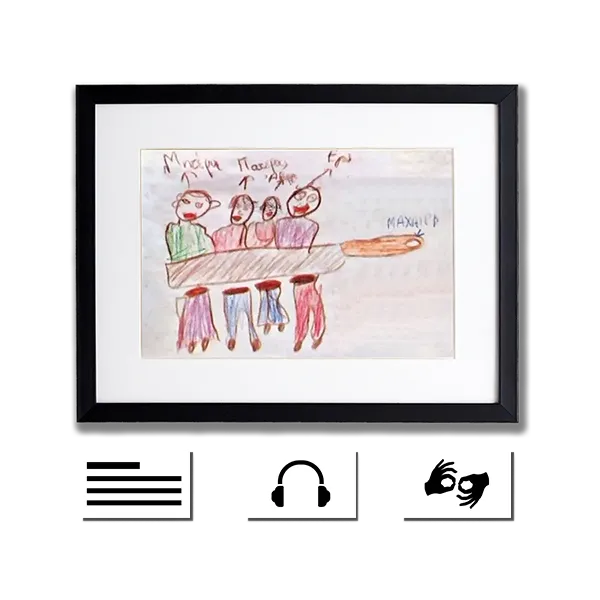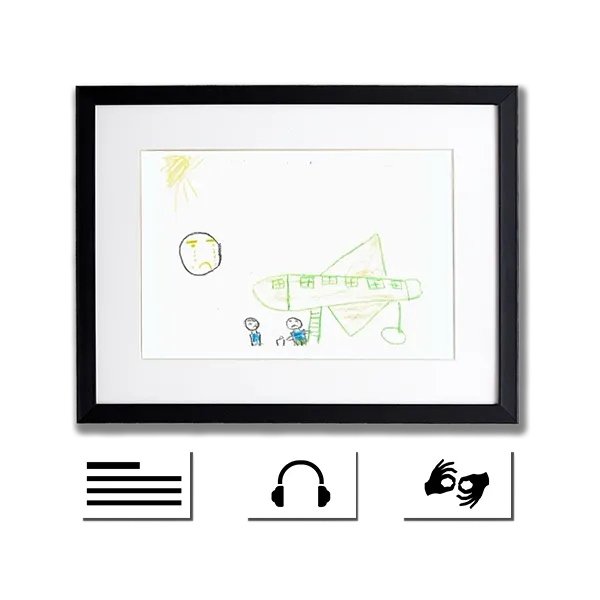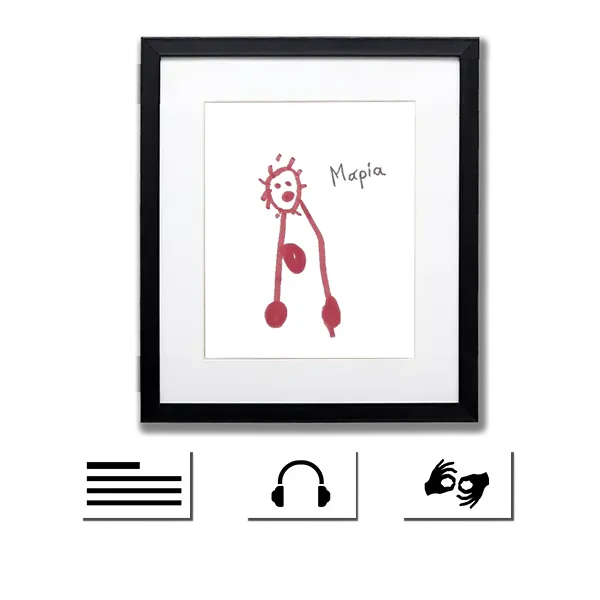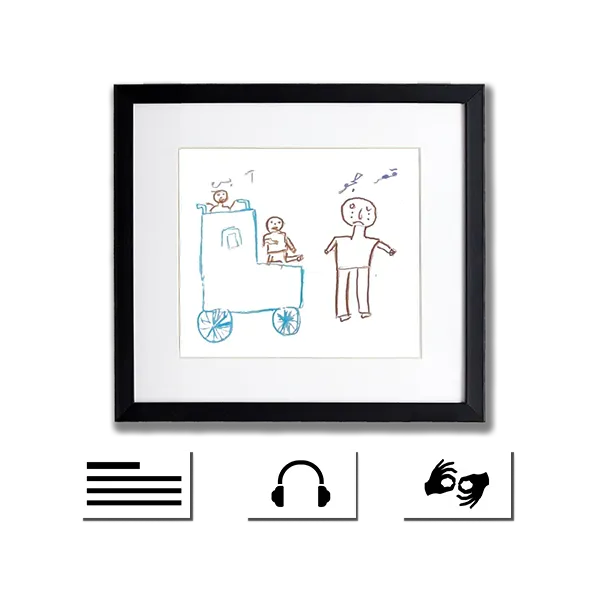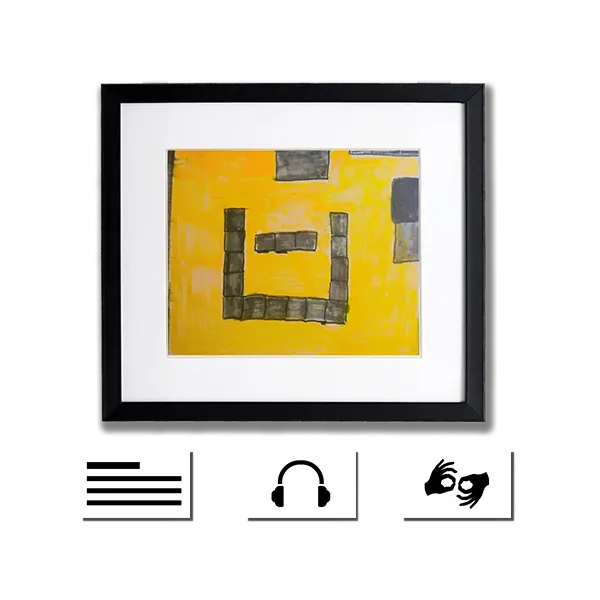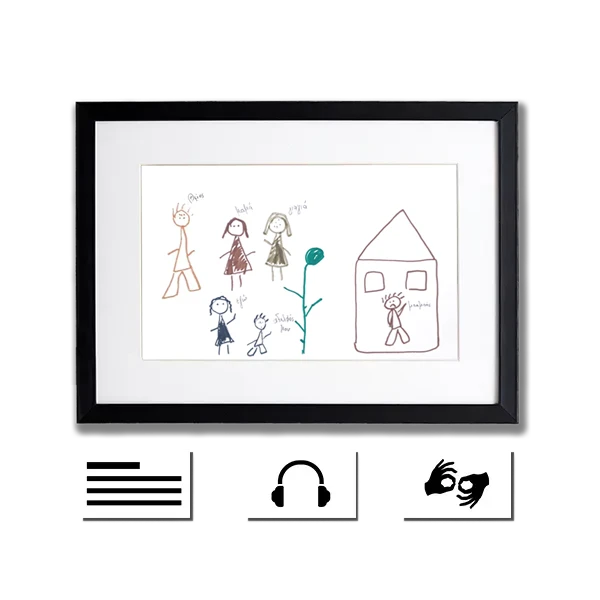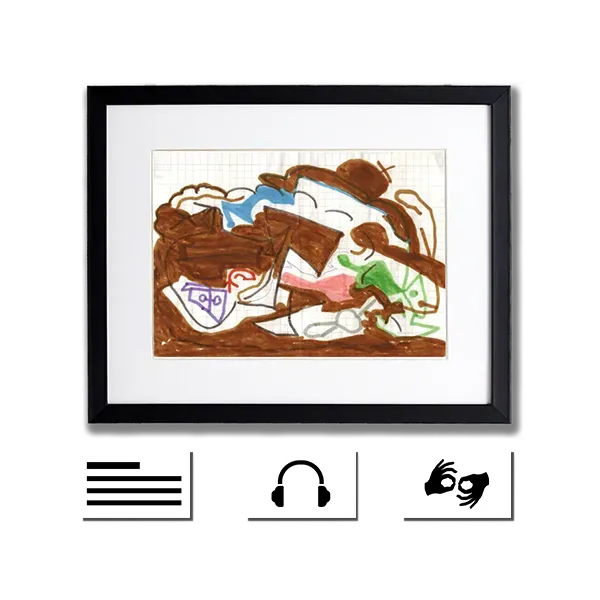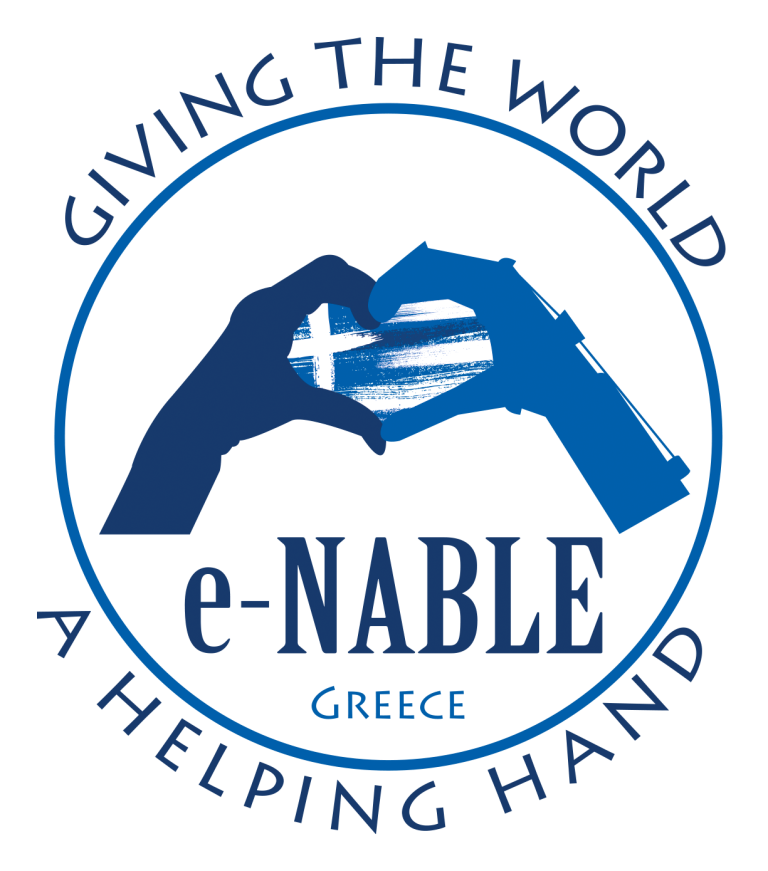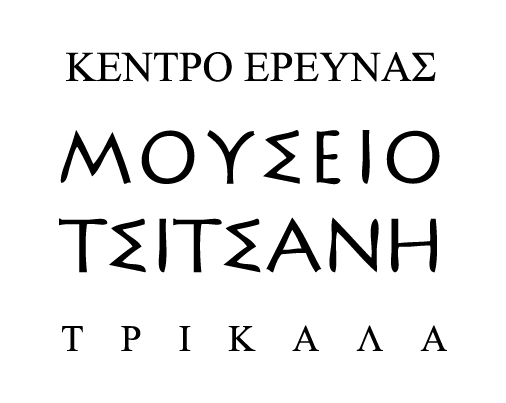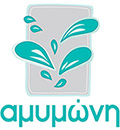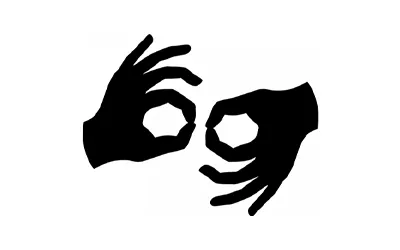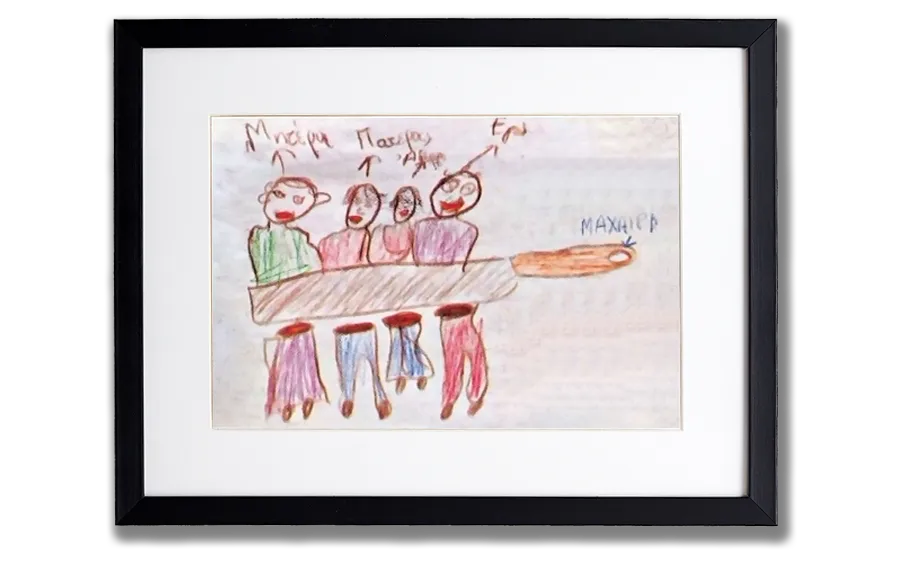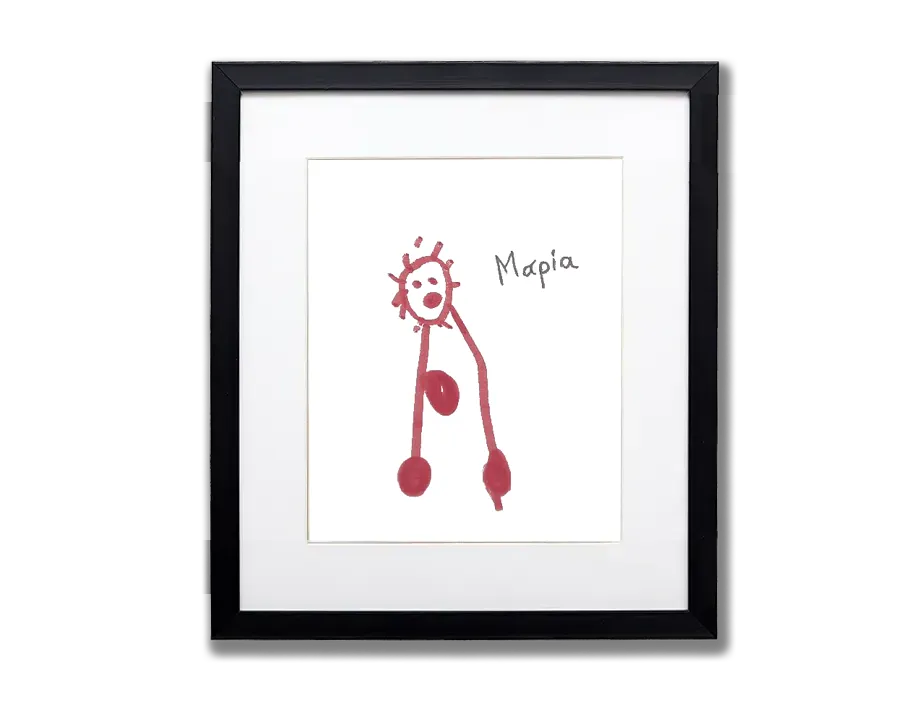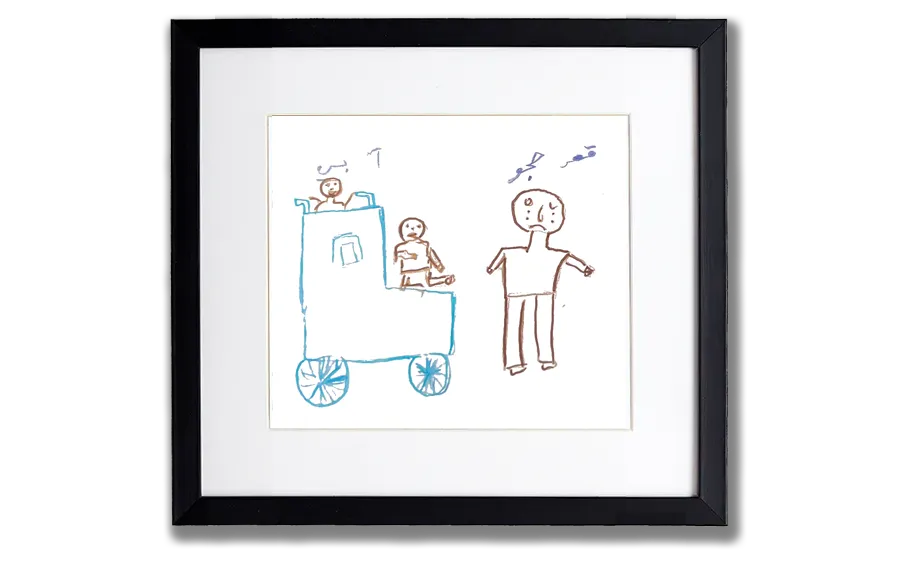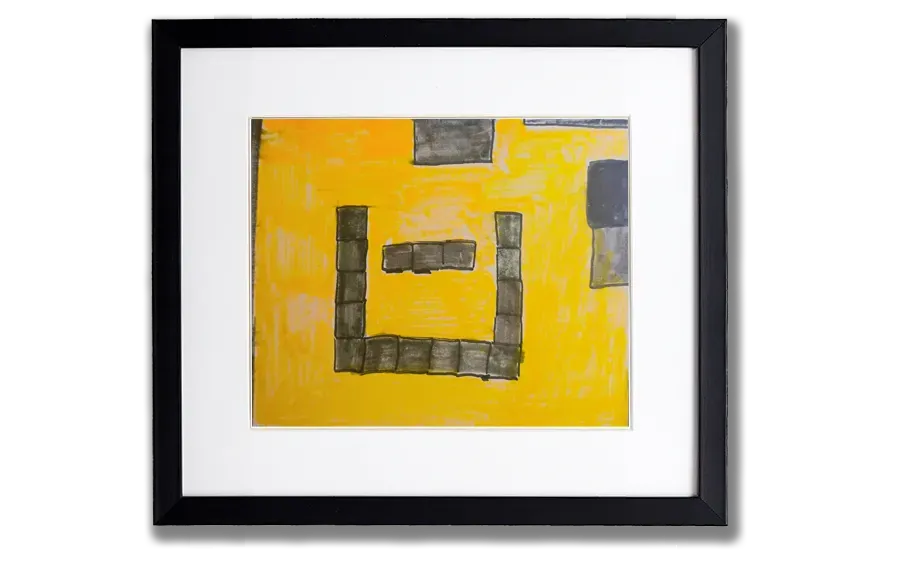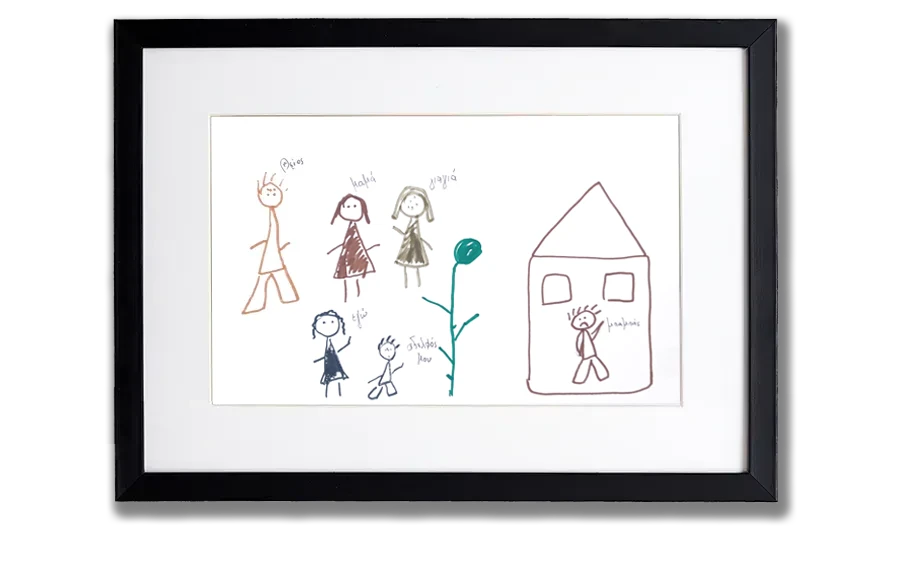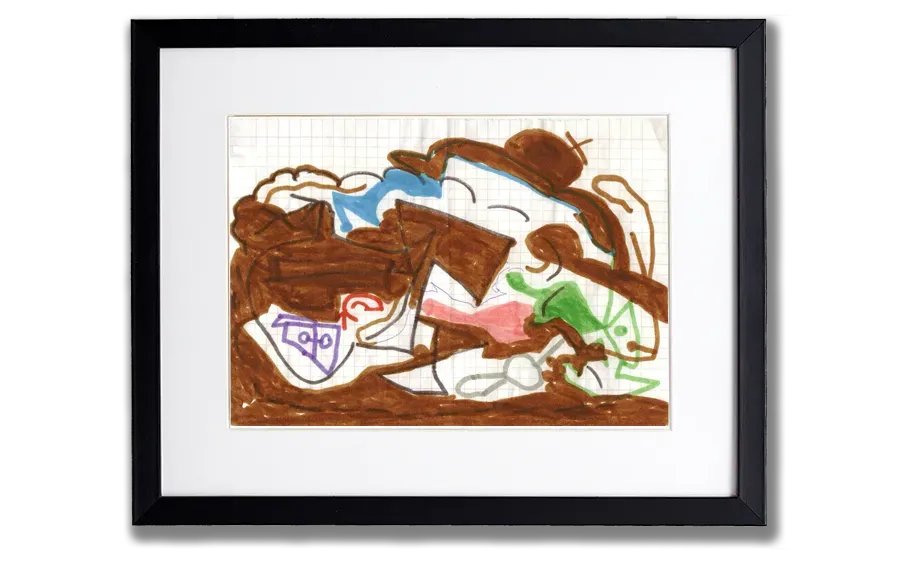

Παρακαλούμε περιστρέψτε τη συσκευή σας σε κατακόρυφη θέση για καλύτερη εμπειρία.


An exhibition centered on children’s drawings which brings to the forefront children’s personal narratives and reveals childhood traumas.
-
Warning Signs
-
Warning Signs
It is difficult and painful for children who have experienced trauma to talk about it. Therefore, they try to express themselves through drawing. However, their stories often remain “just children’s drawings”, as they are not interpreted. Even if the analysis of children’s drawings alone is not sufficient to confirm trauma, identifying warning signs in children’s drawings can be proven valuable. Combined with the children’s own narratives, it can reveal trauma and lead to diagnostic hypotheses or identification of people at risk.
Indicatively listed below, there are some warning signs of traumatic experiences in children’s drawings:
- Children with missing features (e.g.: blank eyes, no hands).
- Deformed or broken body parts.
- Floating children.
- Children who are isolated from the group.
- Scenes of child abuse or maltreatment by others.
- Adult figures with large mouths or sharp teeth.
- Adult figures with big hands and/or sharp fingers.
- Figures with pronounced genitalia.
- Depictions smaller compared to other figures.
- Angry faces or threatening postures.
- Figures crying or being sad.
- Space (e.g.: home or classroom) abandoned or reminiscent of a prison.
- Repetitive lines and patterns on certain figures or objects.
- Dark colours.
- Predominance of one colour, usually dark or red, with a lack of variety.
- Designs that repeat the same theme or scenario.
- Elements that are not part of the child’s everyday life.
- Drawings that do not contain human figures and only depict objects or landscapes.
-
Instructions
-
Instructions
Our actions have an impact on the lives of children, no matter what our role is.
Parent
- Allow the child to draw freely and without instructions.
- Do not judge the child’s drawing.
- Encourage the child to talk about their drawing.
- Ask the child questions and ask them to explain the drawing (e.g. what are the people in the drawing doing?).
- Listen actively to the child’s narrative and carefully observe the child’s behaviour and reactions to stimuli that might remind them of the trauma (e.g. sounds, pictures).
- Reassure the child that they are not responsible for what has happened to them.
- Contact a specialist if you have any doubts or problems.
Educator
- Use drawing as a means of expressing and processing feelings, and encourage the child’s creativity.
- Observe the child’s drawings carefully and look for elements that could indicate psychological trauma.
- Attend seminars on analysing and interpreting children’s drawings.
- Use the child’s drawings in addition to other ways to assess the child’s psychological state and refer the child to a specialist if necessary.
Educational Organisation
- Provide a safe environment for children.
- Implement measures to protect children’s mental health.
- Train your staff in child protection issues so that they know how to recognise and report suspicious situations to prevent child exploitation..
-
Useful links
-
Links
International Convention on the Rights of the Child (law 2101/1992)):
GOVERNMENT GAZETTE (ekka.org.gr)EU Network for Children’s Rights:
EU Network for Children’s RightsUseful phone numbers:
European Helpline for Children 116111
National Centre for Social Solidarity 197
National Child Protection Helpline 1107
Data Protection Authority 210 647 5600
National Helpline for SOS Children 1056
Warning Signs
It is difficult and painful for children who have experienced trauma to talk about it. Therefore, they try to express themselves through drawing. However, their stories often remain “just children’s drawings”, as they are not interpreted. Even if the analysis of children’s drawings alone is not sufficient to confirm trauma, identifying warning signs in children’s drawings can be proven valuable. Combined with the children’s own narratives, it can reveal trauma and lead to diagnostic hypotheses or identification of people at risk.
Indicatively listed below, there are some warning signs of traumatic experiences in children’s drawings:
- Children with missing features (e.g.: blank eyes, no hands).
- Deformed or broken body parts.
- Floating children.
- Children who are isolated from the group.
- Scenes of child abuse or maltreatment by others.
- Adult figures with large mouths or sharp teeth.
- Adult figures with big hands and/or sharp fingers.
- Figures with pronounced genitalia.
- Depictions smaller compared to other figures.
- Angry faces or threatening postures.
- Figures crying or being sad.
- Space (e.g.: home or classroom) abandoned or reminiscent of a prison.
- Repetitive lines and patterns on certain figures or objects.
- Dark colours.
- Predominance of one colour, usually dark or red, with a lack of variety.
- Designs that repeat the same theme or scenario.
- Elements that are not part of the child’s everyday life.
- Drawings that do not contain human figures and only depict objects or landscapes.
Instructions
Our actions have an impact on the lives of children, no matter what our role is.
Parent
- Allow the child to draw freely and without instructions.
- Do not judge the child’s drawing.
- Encourage the child to talk about their drawing.
- Ask the child questions and ask them to explain the drawing (e.g. what are the people in the drawing doing?).
- Listen actively to the child’s narrative and carefully observe the child’s behaviour and reactions to stimuli that might remind them of the trauma (e.g. sounds, pictures).
- Reassure the child that they are not responsible for what has happened to them.
- Contact a specialist if you have any doubts or problems.
Educator
- Use drawing as a means of expressing and processing feelings, and encourage the child’s creativity.
- Observe the child’s drawings carefully and look for elements that could indicate psychological trauma.
- Attend seminars on analysing and interpreting children’s drawings.
- Use the child’s drawings in addition to other ways to assess the child’s psychological state and refer the child to a specialist if necessary.
Educational Organisation
- Provide a safe environment for children.
- Implement measures to protect children’s mental health.
- Train your staff in child protection issues so that they know how to recognise and report suspicious situations to prevent child exploitation..
Links
International Convention on the Rights of the Child (law 2101/1992)):
GOVERNMENT GAZETTE (ekka.org.gr)
EU Network for Children’s Rights:
EU Network for Children’s Rights
Useful phone numbers:
European Helpline for Children 116111
National Centre for Social Solidarity 197
National Child Protection Helpline 1107
Data Protection Authority 210 647 5600
National Helpline for SOS Children 1056
About the exhibition:
Texts:
Sofia Tampouri
Analysis of children’s drawings:
Sofia Mastrokoukou
Digital exhibition design:
Stelios Charisis
Implementation of the digital exhibition:
Stelios Charisis & Elena Angeli
Curator:
Alexandra Nikolopoulou
Audio description (in Greek)
Aris Chalkias, Chara Vlamaki, Ersi Koutsikou & Diamantis Karagkounis
Audio description (in English)
Dr. Mandy Crawford-Lee, Joanna Kinberger, Maria Benetatou, Simos Benetatos, Andriana Patsoura, Alex Sloan & Henry Newell
Interpretation in GSL & IS
Alexandra Kotsaki & Anna Gaitani
Psychologist/Special educator:
Marina Moraitaki
Translation into English:
Angelos Chalkiadakis & Athanasia Kanellou
Coordination of the artistic production:
Maria Oikonomou & Sofia Mastrokoukou
Texts:
Sofia Tampouri
Analysis of children’s drawings:
Sofia Mastrokoukou
Digital exhibition design:
Stelios Charisis
Implementation of the digital exhibition:
Stelios Charisis & Elena Angeli
Curator:
Alexandra Nikolopoulou
Audio description (in Greek)
Aris Chalkias, Chara Vlamaki, Ersi Koutsikou & Diamantis Karagkounis
Audio description (in English)
Dr. Mandy Crawford-Lee, Joanna Kinberger, Maria Benetatou, Simos Benetatos, Andriana Patsoura, Alex Sloan & Henry Newell
Interpretation in GSL & IS
Alexandra Kotsaki & Anna Gaitani
Psychologist/Special educator:
Marina Moraitaki
Translation into English:
Angelos Chalkiadakis & Athanasia Kanellou
Coordination of the artistic production:
Maria Oikonomou & Sofia Mastrokoukou
Copyright ©2024.

